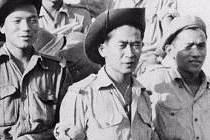
Willie Chong was extremely proud of his war service to Canada and how that service advanced the rights of the Chinese Canadian community. Until his death in January 2010, Chong was very active in the Chinese Canadian Military Museum, and he embarked on several projects to ensure future generations knew the story.
He was born in Vancouver on December 15, 1923. Earlier that year, the federal government had passed the hated Chinese Exclusion Act. This piece of legislation essentially banned immigration of Chinese to Canada. It cut off families from one another. It left large numbers of men separated by huge distances from their families and not enough money to travel back to China.
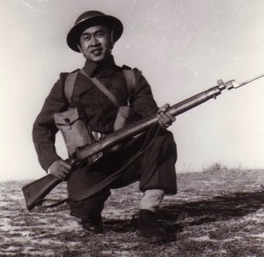
Willie Chong during training
At the same time in 1923, any child born in Canada of Chinese descent was refused full citizenship. Their birth certificates were issued by the Department of Immigration and Colonization and read “This certificate does not establish legal status in Canada.” So Chong was born without any rights.
Despite growing up in such a hostile environment toward his race, when the Second World War broke out Chong was eager to fight for Canada.
He eventually became one of almost 150 Chinese Canadians who served in an elite and secretive unit under the British Intelligence called Force 136. Seconded to Britain’s Special Operations Executive, Chong learned about commando-style warfare and espionage tactics.
The training was gruelling and varied. The physical environment was hostile, especially once his group was shipped to India. Men had to worry about malaria and other exotic diseases. They had to train in suffocating heat and humidity and endure the unrelenting monsoons.
Once fully deployed, his mission would involve being dropped with a small team behind Japanese lines in Southeast Asia. He would have to blend in the with the locals, and then seek out, train and assist local guerrilla fighters to help sabotage Japanese equipment and supply lines.
Visit Willie Chong’s website on Force 136.
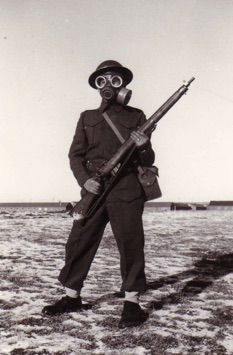
Willie Chong in gas mask
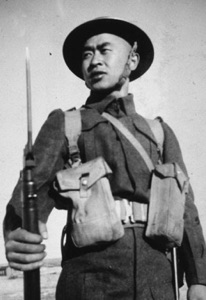
Willie Chong
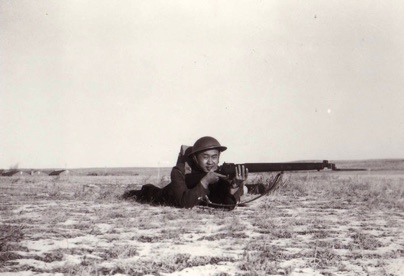
Willie Chong with a rifle during basic training
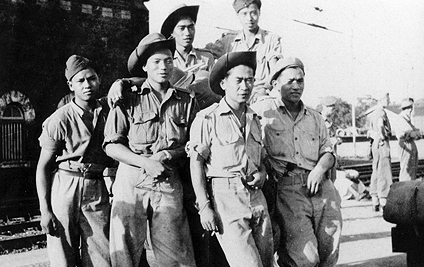
Force 136 men in India – Willie Chong is front row, second from the right.